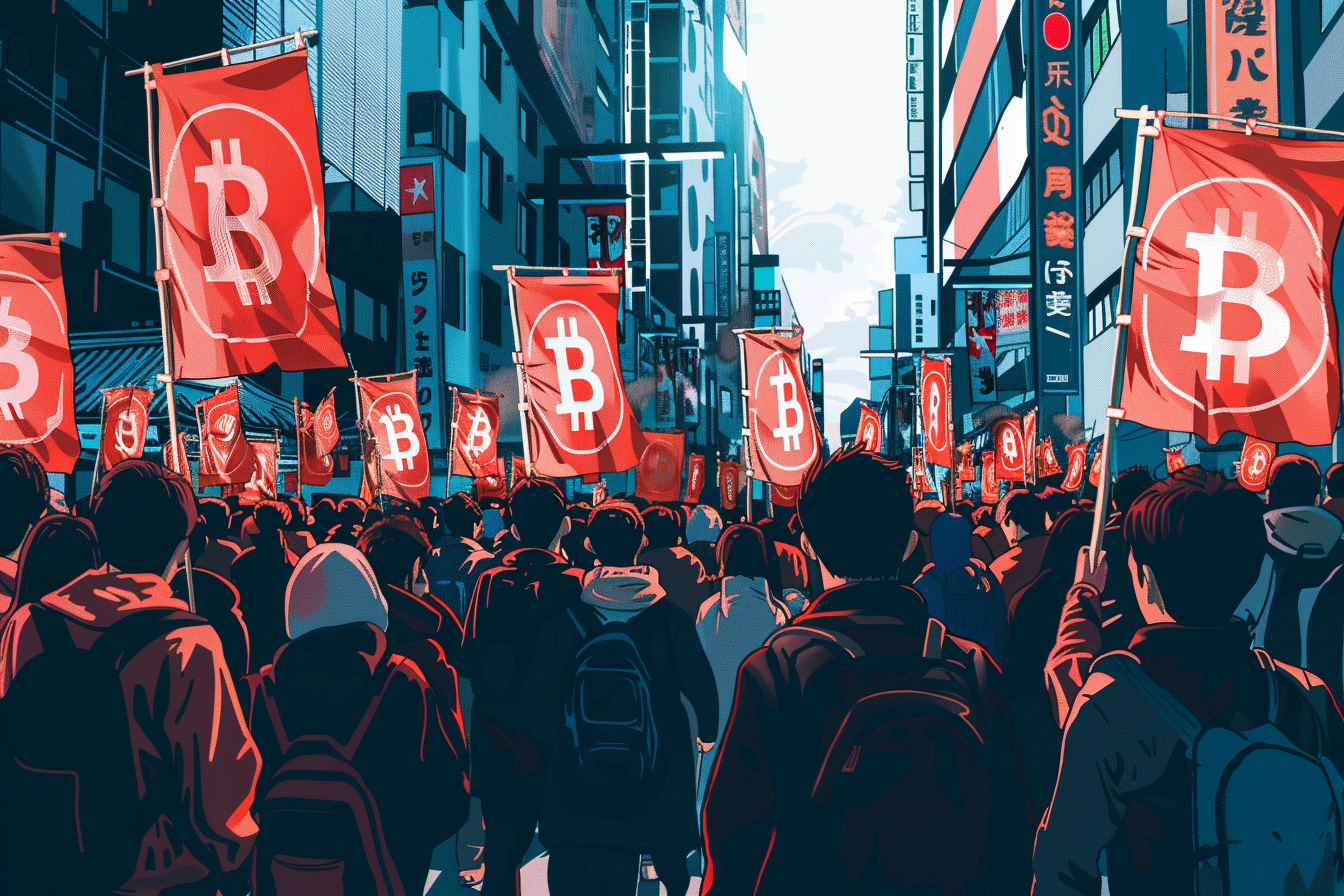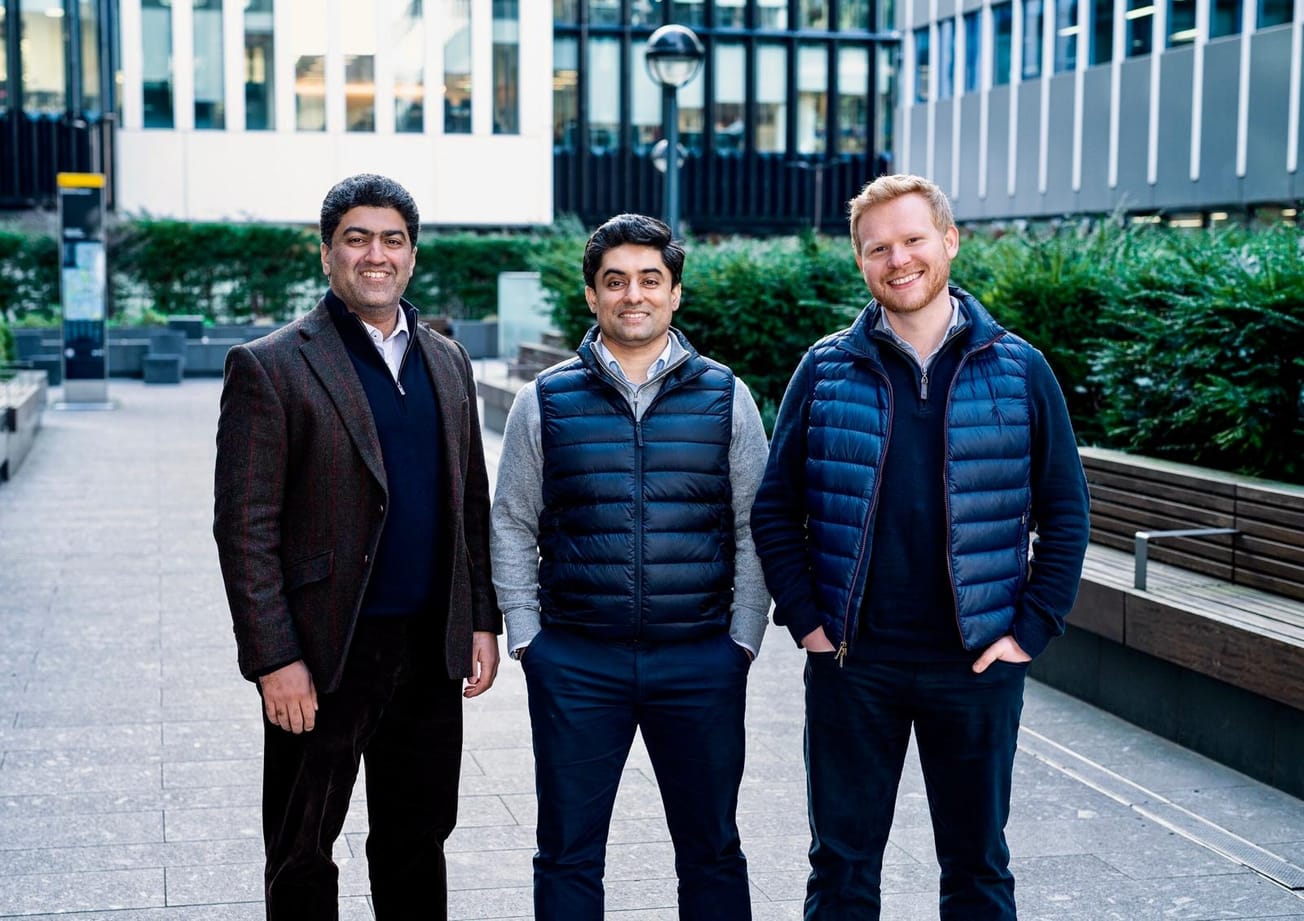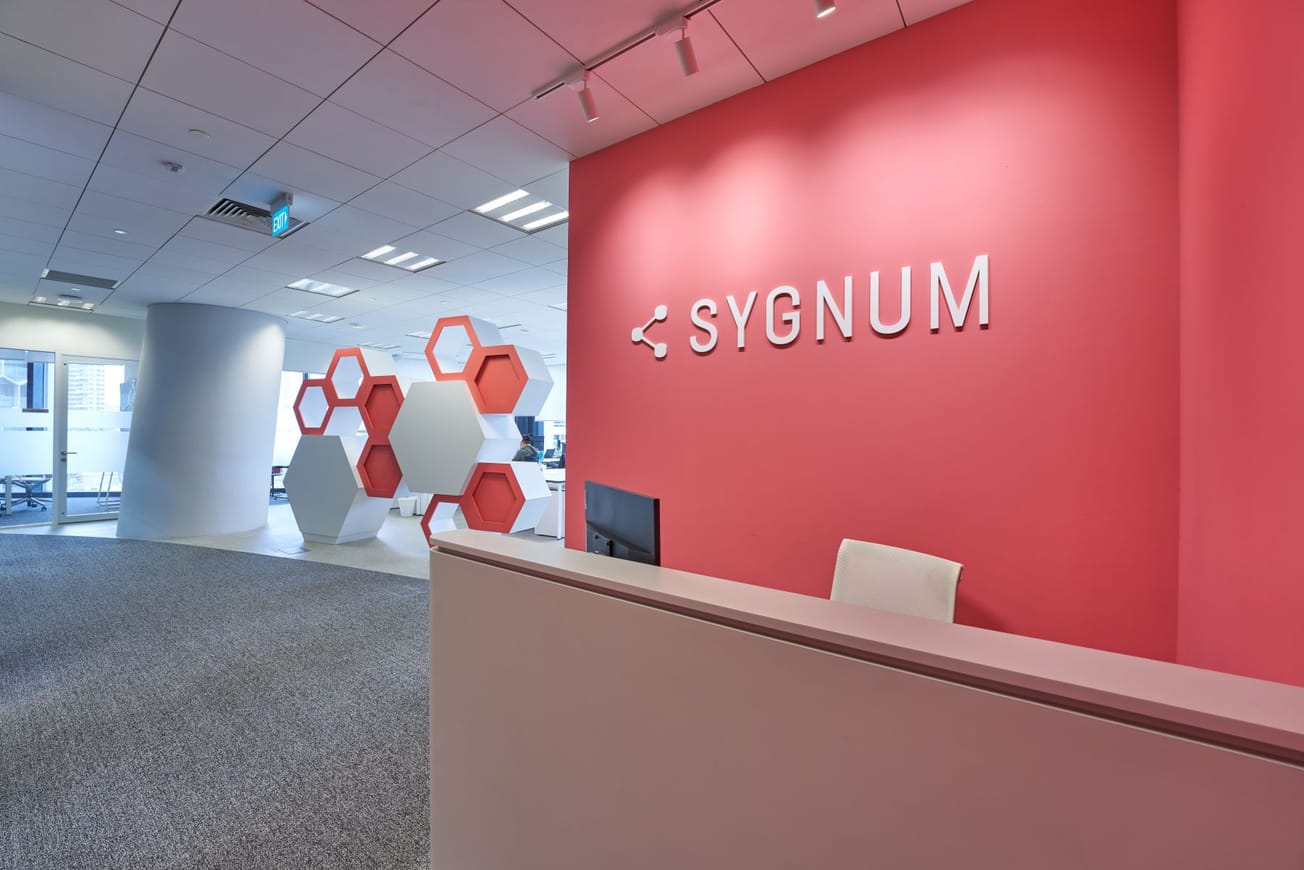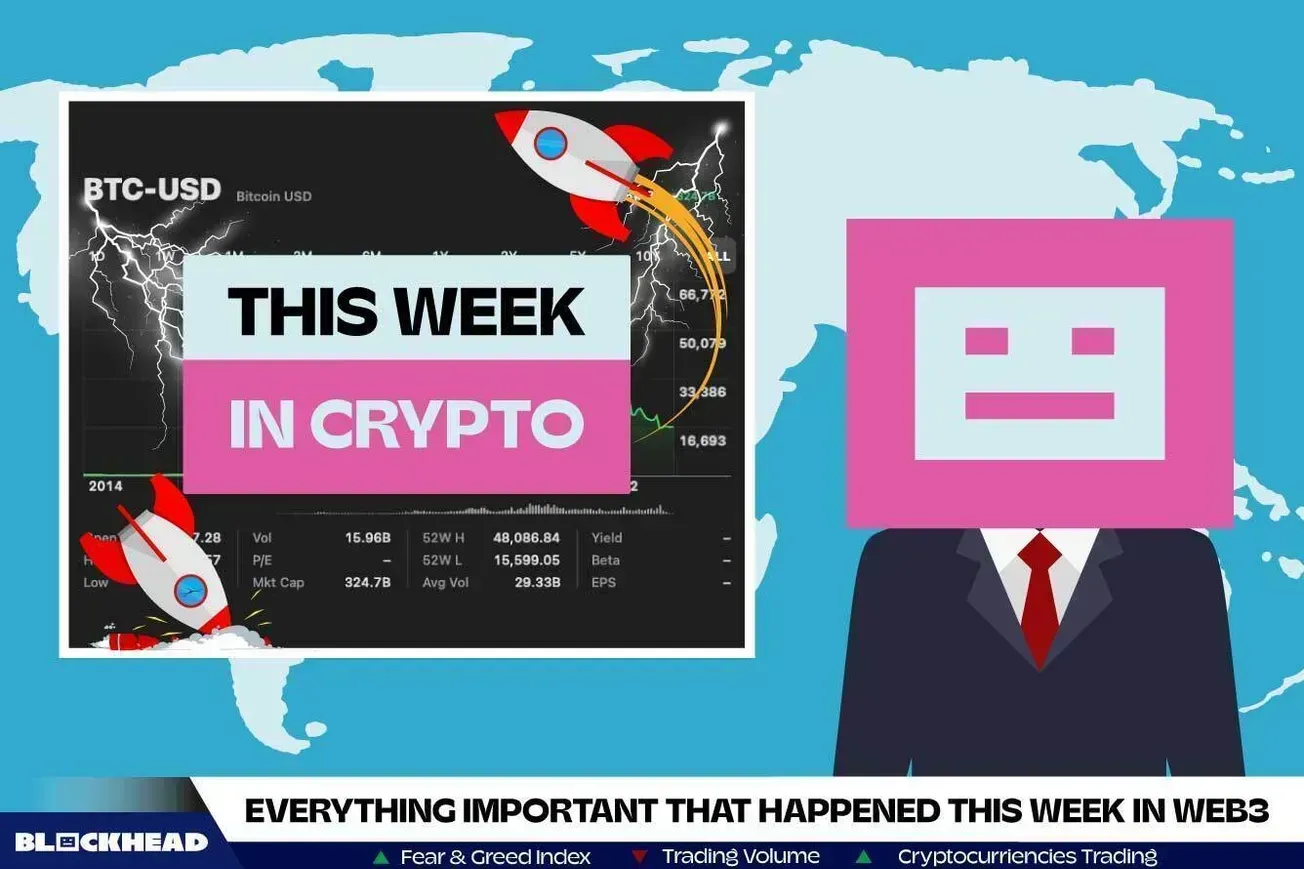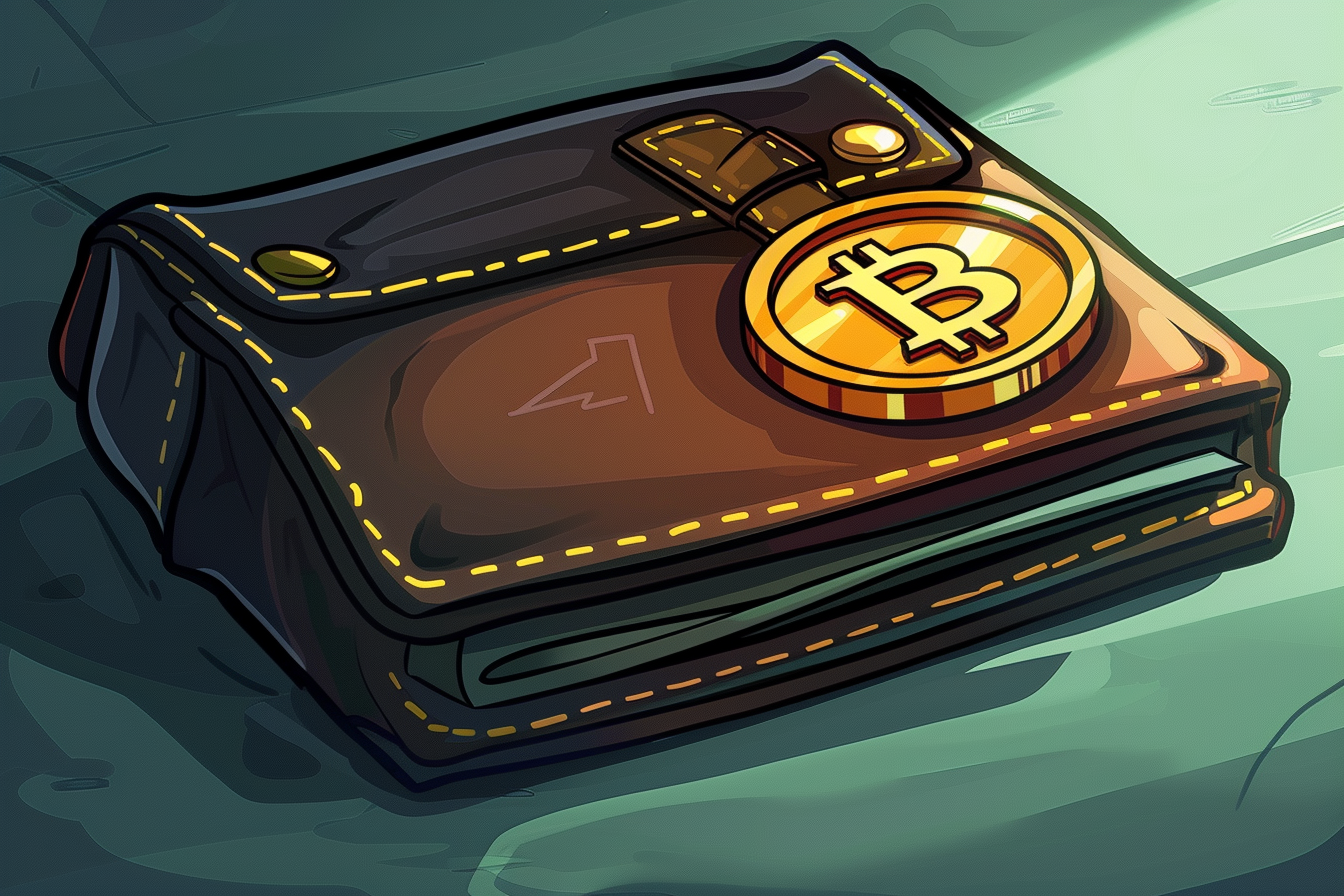Table of Contents
Southeast Asia (SEA) is becoming a vibrant ecosystem for the web3 industry. The region presents huge opportunities for the digital economy, due to its high consumption of internet-based services as well as the presence of a relatively young but significantly unbanked/underbanked population.
These circumstances have resulted in Southeast Asian countries having some of the highest adoption rates of blockchain technology and cryptocurrencies. Data from blockchain analytics firms Chainalysis suggests that along with Central Asia and Oceania, Southeast Asia is the third-fastest growing region globally, with Vietnam coming in as the top country in the firm’s Global Crypto Adoption Index. Both Vietnam and Thailand are also ranked second and third respectively on the Global DeFi Adoption Index.
According to a June report by White Star Capital, more than 600 blockchain/crypto-based companies are headquartered in Southeast Asia, with approximately US$3.3 billion worth of venture capital investment flowing into the region’s digital assets startups/ companies.
“SEA has been an incredible source of innovation for crypto. Some of the largest consumer and enterprise facing crypto companies have been born from or are located in SEA and we will continue to see this moving forward,” Chia Jeng Yang, Investor at Pantera Capital, told Blockhead.
In 2021, Pantera Capital led the Series A funding round for Pintu, an Indonesia-based crypto trading platform that recently bagged a US$113 million Series B funding round from Intudo Ventures, Lightspeed, Northstar Group, and Pantera Capital.
Crypto winter
“Growth rounds in crypto have been impacted just as they have been across the venture markets globally and I don’t think we’ll see very many large growth deals this year unless it’s a clear market leader coming out to raise,” said Hemant Mohapatra, partner at Lightspeed Capital, in a conversation with Blockhead about how funding during this crypto winter has been affected.
In May 2022, global venture funding into crypto dropped below US$40 billion for the first time in more than a year, according to Crunchbase data. However, more than US$2.5 billion of investments into Southeast Asia’s crypto startups/companies (out of the total US$3.3 billion) occurred within the past 18 months, with the region on track to surpassing the total amount of investments made in 2021 despite the recent market downturn.
Shaun Heng, head of Spartan Labs, believes that projects have become more cautious in initiating raises, and funds are finding it harder to raise capital. However, this also means that there are opportunities for bargains.
Read more: Is Web3 Just Web2 in Disguise?
“Investments have definitely been affected pretty hard especially with the degree of sell-offs from large crypto insolvency and macro headwinds,” Heng told Blockhead.
“On the bright side, valuations have become more reasonable as compared to at the start of the year, which could set funds up for spectacular returns in the future,” he added.
What’s Next for Southeast Asia?
While GameFi exploded in popularity in Southeast Asia last year during the bull market, the hype surrounding this new form of finance has seemingly died down, with once-prominent projects such as Axie Infinity suffering significant declines in their token prices due to hacks and macroeconomic conditions.
According to Mohapatra, there are still “interesting” GameFi companies coming from SEA countries like Vietnam, Philippines, and Indonesia, but project founders are beginning to realise that they need to offer an actual product for its users, instead of relying purely on hype to drive up prices within the short-term.
“Founders have wisened up to the fact that incentive-led models of player acquisition can also suffer from swift economic death spirals once incentives dry up especially in the absence of a highly engaging product to retain users,” he said.
For Heng, both gaming and GameFi have already lost quite a bit of their initial momentum.
Read more: Why Hardcore Gamers Are Hating NFT Blockchain Gaming Projects
“Many people realise how hard it is to form a game with good long-term tokenomics, with the final blows being the collapse of Axie and the decline of StepN,” he said, adding that developing actual high quality games require a significant amount of capital and time.
“With the short attention span of the average crypto investor, that compounds the difficulty of making a game that is good and that people can remain interested in through its development stages,” he added.
Heng also noted that while VCs are still actively exploring all the verticals of Web3 including DeFi, GameFi, and NFTs, they are also looking into other sectors such as data analytics, Layer-2 roll-ups, and privacy solutions.
Southeast Asia may be an ideal incubator for the still-nascent web3 space, but it also means that the region could quickly become overrun with poorly-designed projects that are simply just in it to capitalise on speculation and hype.
It’s therefore imperative for investors to shift their narrative towards more financially sound, or as Heng explained, less “ponzi-esque” projects which can generate actual cashflow in the long-run.


